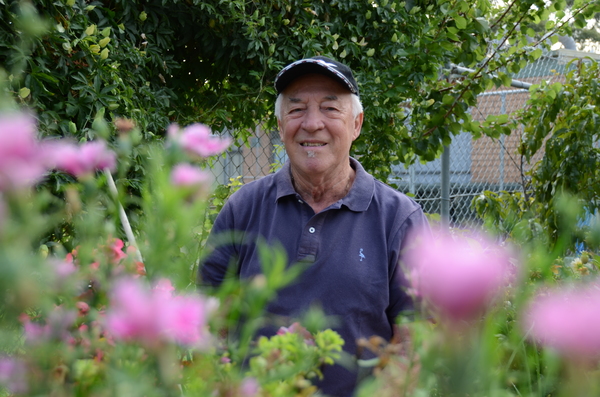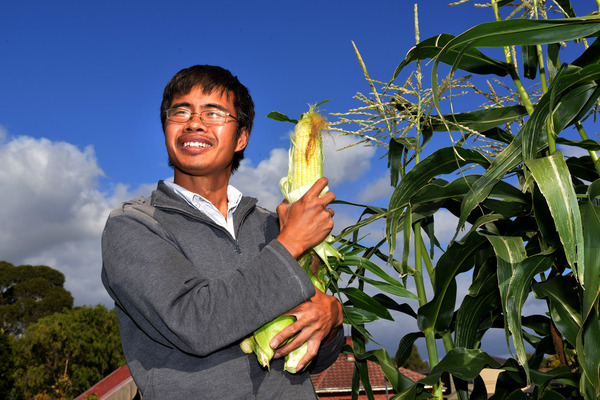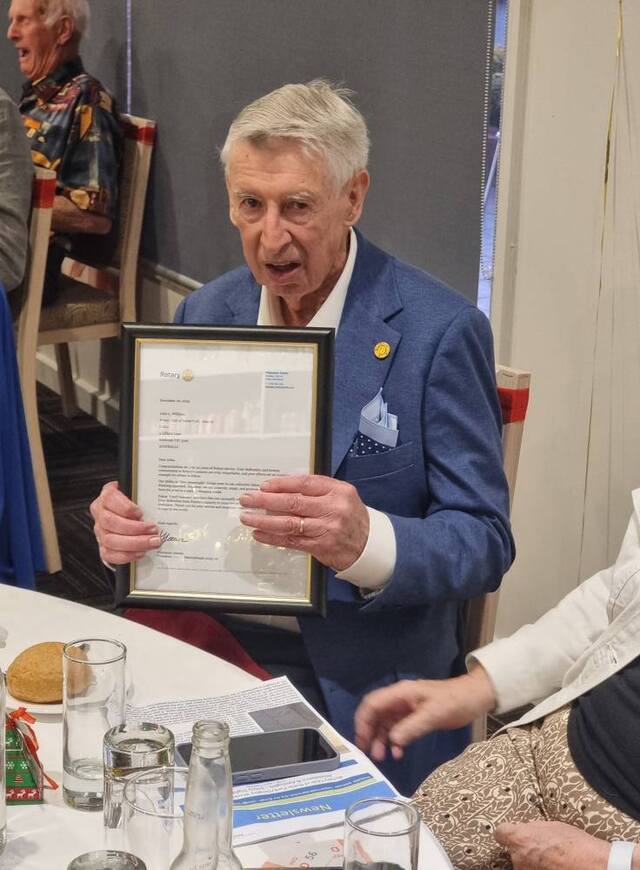By Casey Neill
Ivan Gnocato has been gardening since he was five years old.
“I had no choice,” he said.
“During the war, all the men were at war and I was the only boy there.
“My mother and grandmother said I had to work.
“From there it grew.
“It’s like a fever.
“I can’t keep away from gardening.”
He now leads the Noble Park Community Centre Garden Club, which meets at the memorial drive centre each Friday.
For keen green thumbs without the luxury of yard space – or a community garden to spread into – he recommends planting something they can eat.
In autumn, that means cauliflower, broccoli, cabbages, onions, garlic and leeks.
“All these plants like winter,” he said.
Ivan likes to “follow the moon” as well as the seasons with his planting.
He plants anything that grows from under the ground in the last quarter of the moon’s cycle.
In the first quarter, he plants everything that grows above the soil, like lettuce.
“The plant that grows from above the ground, they don’t need too much water,” he said.
“The last quarter of the moon drags the moisture away from the ground.”
When there’s a full moon or new moon, “don’t do anything in the garden except weeding” was Ivan’s recommendation.
Springvale Community Garden vice-president Seila Hierk is also a sustainability and gardening teacher.
He seconded Ivan’s recommendations for vegetables to plant in autumn.
“Most of your root crops like full sun. Most of your leafy stuff can handle shade,” he said.
“If they’ve got a small garden I recommend spinach and the baby cos.
“With the spinach, they can plant it quite dense and then just cut it as baby spinach.
“Beetroot is good, they’re autumn. Beetroot’s very sweet at home when you grow it.”
Autumn is also the time to plant Asian vegies like bok choy and pak choi, and sugar snap peas and snow peas.
“Silverbeet’s a good one. It grows for quite a long time,” he said.
Seila recommended planting garlic about 10 centimetres apart, “and you have to weed them because they can’t compete with weeds”.
“Garlic’s very good home-grown. It’s very dense and pungent,” he said.
“It takes about eight months.”









